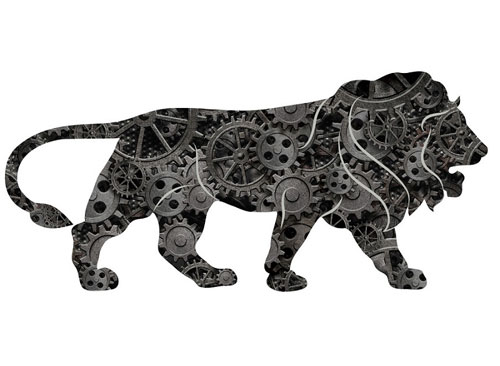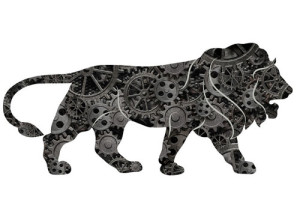 At CCube, your certification journey begins at the foundation level and culminates to the master, professional, associate and expert levels in Architectural engineering and construction, product design and analysis, project planning and management.
At CCube, your certification journey begins at the foundation level and culminates to the master, professional, associate and expert levels in Architectural engineering and construction, product design and analysis, project planning and management.
At CCube with a combination of varied software competency and added advantages you tend to move ahead in the career and possess a clear and focused vision about the way leading to your ultimate decision to attain a specific professional destination of your choice. The combined approach with the software specifications makes it easier for any upcoming student of architecture, product design and management to make a choice and stand by it with the C-Cube certification advantage. The aspiring professional gets the knowledge based exposure, practical and theoretical upgradation required for the particular field.
The software used in Architecture at the foundation level is AutoCAD. Revit Architecture, 3DS Max and AutoCAD Civil3D are used to get certified as an Architectural Design associate. To become a structural design professional you need a minimum prerequisite of basic knowledge of the software. Building & Construction Master’s levels provides competency in all Autodesk building and construction products.
Product design and analysis certification in mechanical at the competency level is a combination of a basic knowledge in the field and AutoCAD. CCube product design associate (CCPDA) certification involves Creo Parametric, Solidworks, NX CAD and AutoCAD. At the professional level software like, ANSYS and NX Nastran are used along with a prerequisite in CCPDA. At Master’s level all product design and PPM tools are used along with a requirement of a relevant two years experience in design and CCPDE.
Project planning and management certification at CCube involves PM concepts and a basic knowledge in PMBOK. At the Associate level project management tool has a combination of MS Project and Primavera with knowledge about Concepts. CCube’s Project Management Master’s level you are certified in project management concepts, MS Project and Primavera combined with an experience of two years in CCPMP and project management understanding. For more details please visit http://www.ccube.asia/roadmap.php
Image courtesy:www.brightpointcreativeinsights.wordpress.com || www.gardnerandtaylor.com










